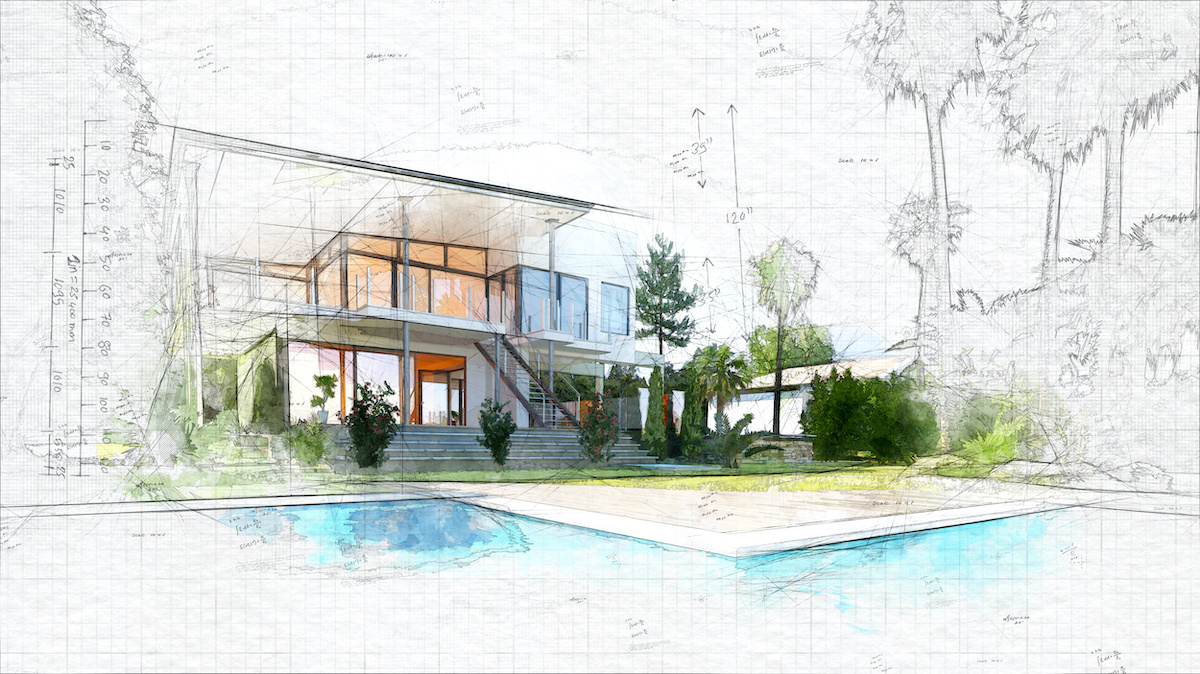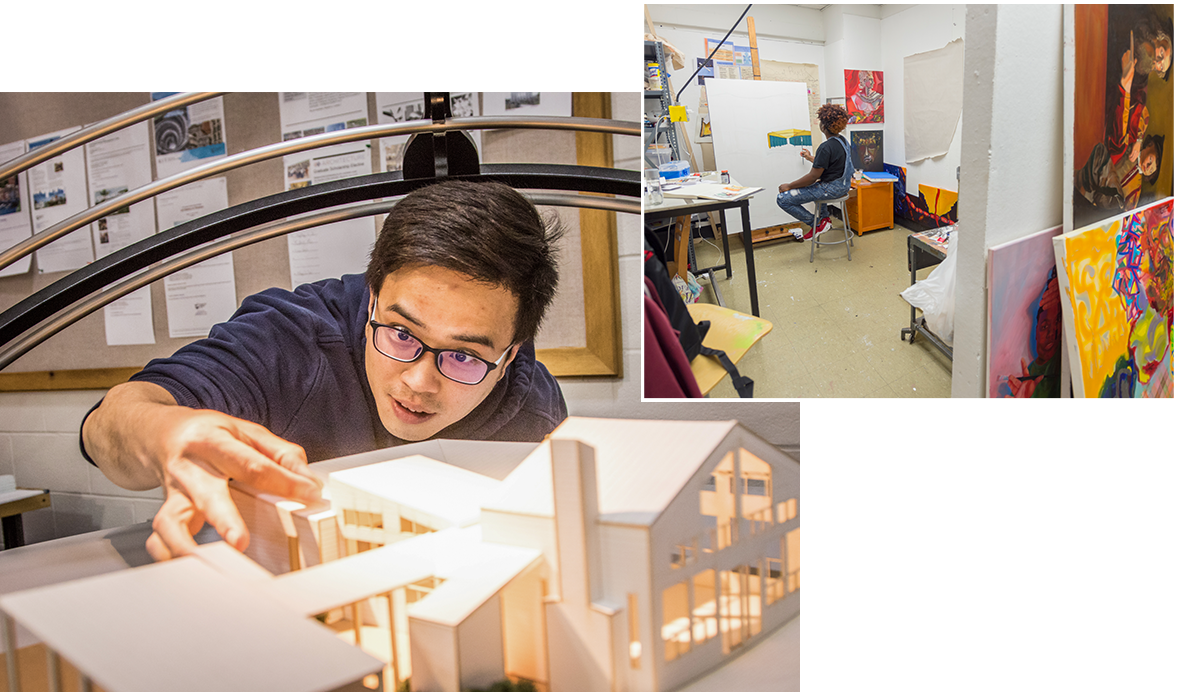Why CDA Architects Are Leaders in Architectural Design and Advancement
Why CDA Architects Are Leaders in Architectural Design and Advancement
Blog Article
A Comprehensive Summary of Architectural Styles and Their Impact on Modern City Planning and Development
Architectural styles have actually long acted as a mirror to the social worths and technical innovations of their time, playing an essential role in shaping modern city preparation and growth. From the majesty of Neoclassicism to the practical strategy of Brutalism, each style has actually presented special ideas that influence urban appearances and capability. As modern obstacles emerge, consisting of sustainability and neighborhood needs, understanding these historic structures ends up being important. The resulting dialogue not just notifies future design techniques yet likewise raises relevant inquiries about the balance in between heritage and development in our evolving city landscapes.
Historic Introduction of Architectural Styles
Throughout background, building styles have actually advanced in reaction to cultural, technical, and ecological aspects. Each period shows the prevailing values, ideas, and developments of its time, causing a rich tapestry of style that signifies human imagination and adjustment. The ancient people, such as the Egyptians and Greeks, developed foundational styles that stressed symmetry and proportion, offering both useful and aesthetic functions.
As cultures transitioned via the Middle Ages, Gothic design arised, identified by its verticality and elaborate outlining, matching the spiritual desires of the period. The Renaissance marked a resurgence of classic perfects, combining art and architecture in innovative methods that affected subsequent styles across Europe.
The Industrial Revolution introduced new materials and building and construction techniques, triggering activities like Innovation, which tested traditional forms and accepted simplicity and performance. The 20th century saw a diversity of styles, with Postmodernism reacting against the plain minimalism of its predecessor, integrating historical recommendations and eclectic aspects.
Today, building styles remain to evolve, driven by globalization and sustainability concerns, reflecting a dynamic interaction in between heritage and technology. This historical overview emphasizes the relevance of architecture as a mirror of societal development and as a driver for urban development.
Secret Architectural Styles Explained
The diversity of architectural designs mirrors the myriad influences that shape our built setting, each symbolizing unique attributes and cultural significances. Trick building styles include Timeless, Gothic, Baroque, Modernism, and Postmodernism, each representing special historic contexts and visual approaches.
Classic architecture, rooted in old Greece and Rome, highlights symmetry, percentage, and the use of columns. In comparison, Gothic design, flourishing in the Center Ages, is characterized by sharp arcs, ribbed safes, and flying buttresses, creating an ethereal high quality in cathedrals. Baroque design, arising in the 17th century, is marked by majesty, fancy embellishment, and a dynamic interaction of light and darkness.

Recognizing these designs gives understanding right into the social narratives and technological developments of their discover this particular eras, highlighting try this how architecture serves not just as a sanctuary, yet as a representation of social worths and ambitions.
Effect on Urban Planning
In forming the development of cities, building styles dramatically influence urban preparation decisions. The selection of architectural style typically dictates the visual appeals, capability, and general personality of urban settings.
In addition, building styles can affect zoning laws and land use plans. Urban planners need to consider the prevailing architectural fads when designing districts, making certain that new advancements integrate with existing frameworks. This consideration promotes cohesive metropolitan landscapes and enhances area identification.
The implementation of certain building designs can also influence socioeconomic aspects within a city. High-end contemporary designs may attract upscale locals and companies, leading to gentrification, while a lot more affordable housing solutions might prioritize practical and sustainable designs to accommodate diverse populations. Eventually, the interaction in between architectural designs and city browse around this site preparation produces dynamic cities that reflect both historical context and contemporary requirements, shaping the lived experiences of their residents.
Sustainability and Modern Architecture
Architectural designs play a crucial role in attending to contemporary challenges, specifically in the world of sustainability. As metropolitan areas increase and ecological worries heighten, contemporary architecture increasingly welcomes sustainable design concepts that prioritize energy performance, source preservation, and very little ecological influence.
Contemporary architectural movements, such as biophilic layout and eco-friendly architecture, supporter for frameworks that balance with their surroundings, making use of natural products and promoting biodiversity - cda architects. These styles commonly integrate renewable resource sources, such as photovoltaic panels and wind generators, to reduce dependence on fossil fuels and reduced carbon footprints
Moreover, the assimilation of advanced innovations, such as smart structure systems, enhances power management, enhancing source usage while making certain passenger convenience. Innovative water monitoring techniques, consisting of rainwater harvesting and greywater recycling, more contribute to sustainable city environments.
Notably, sustainability expands beyond environmental problems; it encompasses social and financial measurements as well. By fostering neighborhood health and promoting inclusivity, contemporary building designs align with sustainable growth objectives. The advancement of building practices continues to shape durable cities that not just fulfill the demands of the existing but also secure the future for generations to come.
Area Interaction in Design
Area interaction in style acts as an essential bridge between architects and the populaces they offer, guaranteeing that the developed atmosphere shows the needs and goals of its individuals. This collective process welcomes area members to contribute their insights and preferences, cultivating a sense of ownership and responsibility toward the spaces they live in.
Effective community involvement uses different techniques, such as workshops, surveys, and public discussion forums, to collect diverse perspectives (cda architects). These strategies promote a two-way discussion, allowing architects to recognize regional contexts while empowering residents to articulate their worries and wishes. This inclusivity not only boosts the style quality but additionally promotes social equity by dealing with the unique obstacles dealt with by marginalized teams

Verdict
Architectural styles have profoundly affected modern-day city planning and advancement, mirroring evolving cultural and technological contexts. The integration of historical appearances with modern demands cultivates urban atmospheres that prioritize sustainability and area interaction. As cities proceed to grow and adapt, the ongoing dialogue between architectural heritage and modern design concepts will certainly stay crucial in developing comprehensive, lively spaces that enhance lifestyle and advertise social equity. The future of city advancement rest on this harmonious equilibrium.
Report this page